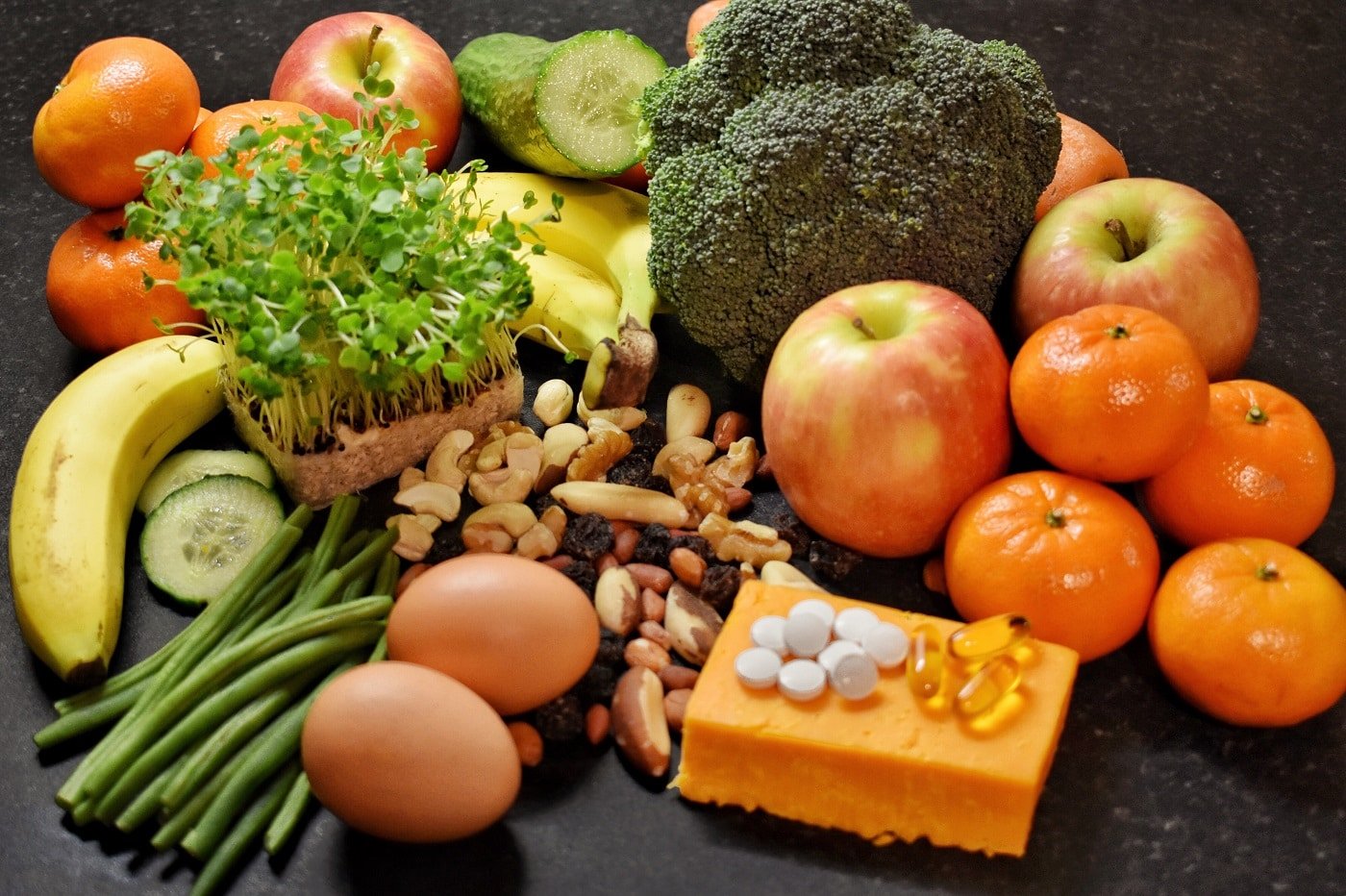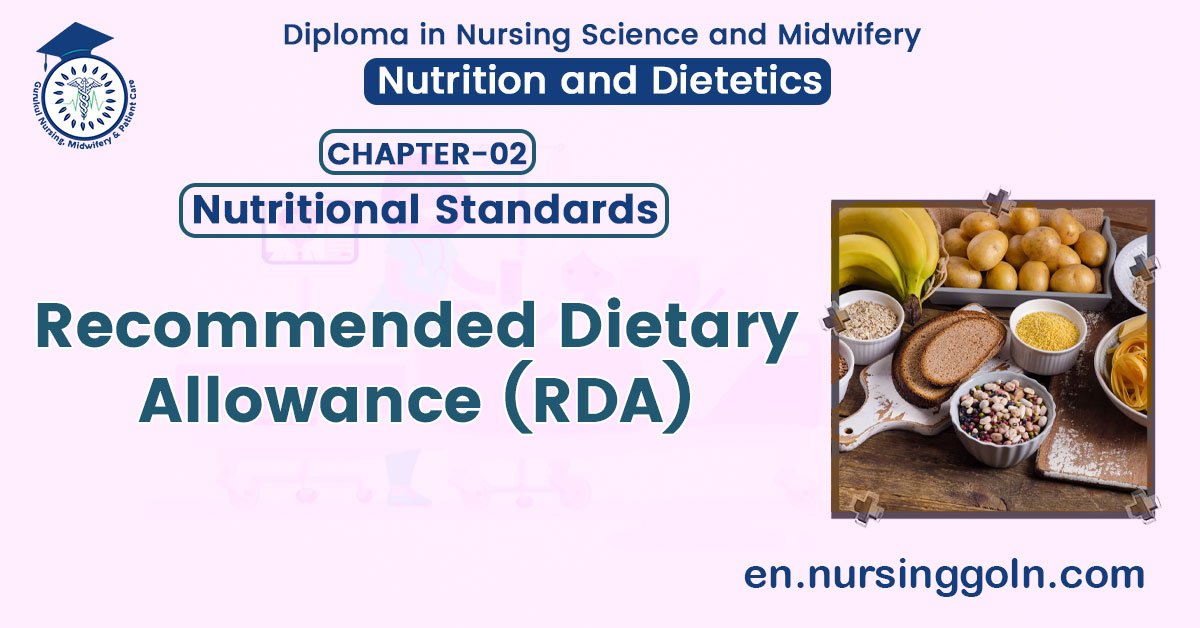Recommended Dietary Allowance (RDA) – This book covers the entire syllabus of “Nutrition and Dietetics” prescribed by BNMC-for all Diploma in Nursing Science and Midwifery students. We tried to accommodate latest information and topics. This book is examination friendly setup according to the teachers’ lectures and examination’s questions. At the end of the book previous university questions are given. We hope in touch with the book students’ knowledge will be upgraded and flourished. The unique way of presentation may make your reading of the book a pleasurable experience.

Recommended Dietary Allowance (RDA)
Concept about Recommended Daily Allowance (RDA):
The term “recommended daily intake” is the defined as the amounts of nutrient sufficient for the maintenance of health in nearly all people.
Or
Recommended dietary allowance (RDA) may be define as
The amount of nutrient and calorie intake per day considered necessary for maintenance of good health.
Or
Recommended dietary allowance (RDA) is defined as the nutrient present in the diet which satisfies the daily requirement of nearly all individuals in a population.
(Ref by: TK Indrani’s “Nursing Manual of Nutrition and Therapeutic Diet/1/104)

Factors Affecting Energy Requirement:
- Sex- In general requirement is more for men than women.
- Age- Adult men and women require nutrients for maintenance whereas infants and children require it for growth and maintenance. Nutrient requirements during childhood are proportional to growth rate.
- Body weight: Among adults requirements are related to body weight and size.
- Physiological states- During menstruation, pregnancy and lactation women require some nutrients more than the normal times.
- Requirements of sports persons and athletes who perform high levels of extreme activity are high some times 2-3 times the normal times.
- Physical activity- Sedentary person needs much less nutrients than a moderate to severely active person.
- Environment- Extremes of climate or high altitude alters the need for certain nutrients.

Importance of RDA:
- RDA helps in comparing RDA intakes of individuals that allows in making estimation for probable risk of deficiency among individuals.
- It helps in upgrading the nutrient requirements in clinical management of diseases.
- Helps public health nutritionists to compose diets for schools, hospitals, gyms, fitness classes, an individual etc.
- It helps in designing, developing nutrition programmes and policies for health care policy makers and public health nutritionists.
- Helps in planning and procuring food supplies for different groups of population.
- It helps in evaluating the adequacy of food supplies in meeting national nutritional needs.
- RDA helps in making food consumption records of individuals and populations.
- Helps in establishing standards for the national feeding programmes, implemented by the Government for its vulnerable population.
- Helps in providing nutritional education programmes for the groups of population.
- It helps in searching and developing new food product ranges and dietary supplements by the industry. It is beneficial for enhancing health of an individual.
Read more:
